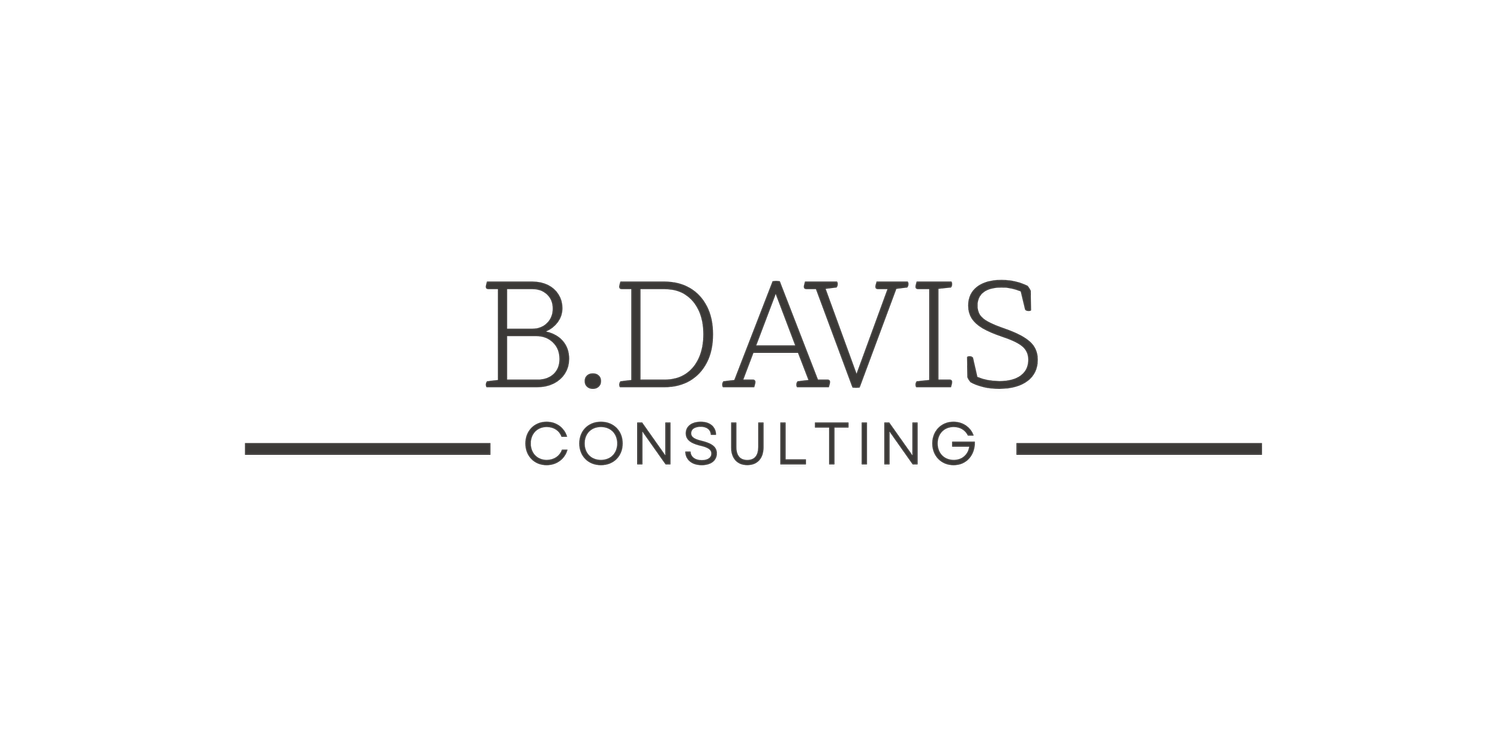How to Get Your Board and Staff on the Same Page
Bridging the communication gap between governance and operations.
If you’ve ever walked out of a board meeting thinking, “Did we just have the same conversation?” — you’re not alone.
Boards and staff often have the same mission but live in very different worlds. The board talks strategy, risk, and long-term vision. The staff deals with programs, deadlines, and day-to-day realities.
When those two worlds drift apart, you start to feel it: slow decisions, mixed messages, and frustration that everyone’s working hard but not necessarily together.
So how do you close the gap?
Step 1: Name the Disconnect — Without the Blame
This isn’t about who’s “right.” It’s about acknowledging that governance and operations play different but complementary roles.
Boards are designed to guide and guard the mission. Staff are there to execute and energize it. Problems arise when one side tries to do both.
Try asking this at your next meeting:
“Where do we need more clarity on who decides, who advises, and who executes?”
That one question can turn tension into teamwork.
Step 2: Create Shared Language
A big part of alignment is simply speaking the same language.
Boards talk in strategy, oversight, and fiduciary terms. Staff talk in programs, people, and processes. When those conversations collide, it’s easy to misinterpret each other’s intent.
Try creating a shared vocabulary around goals, priorities, and success metrics.
For example:
Instead of “expand programs,” clarify what that means — number of people served? new locations? partnerships?
Instead of “increase visibility,” define the outcome — media mentions, community events, donor engagement?
Shared language builds shared understanding.
Step 3: Design the Right Communication Cadence
Most misalignment doesn’t come from disagreement — it comes from distance.
If your board only connects quarterly and your staff is sprinting weekly, the rhythm is off. You need more touch points, but not more meetings.
Here’s what works well for many nonprofits:
Monthly leadership check-ins: Executive Director and Board Chair align on priorities and talking points.
Quarterly joint sessions: Board and senior staff review progress and challenges together.
Annual retreats: Big-picture visioning and relationship building.
Consistency builds confidence.
Step 4: Focus on the “Why” Behind the “What”
Board members need to understand why staff make certain decisions. Staff need to understand why the board sets certain boundaries.
When you can explain intent instead of just outcomes, trust grows.
The conversation shifts from “They don’t get it” to “Now I see where they’re coming from.”
Step 5: Reinforce the Shared Mission
At the end of the day, both sides want the same thing — to make an impact. The best alignment happens when everyone remembers why they’re there in the first place.
Use the mission as a common compass in every discussion. When debates arise, bring it back to:
“What serves the mission best?”
That single question can diffuse ego, refocus energy, and unify direction.
Final Thought
The relationship between board and staff doesn’t have to be complicated — it just has to be intentional.
When you clarify roles, align communication, and create consistent connection points, you turn parallel efforts into partnership.
Because the truth is, your mission moves faster when governance and operations row in the same direction.
Ready to strengthen your board-staff alignment?
I help nonprofits build communication systems and leadership frameworks that create clarity, connection, and collaboration across every level.
